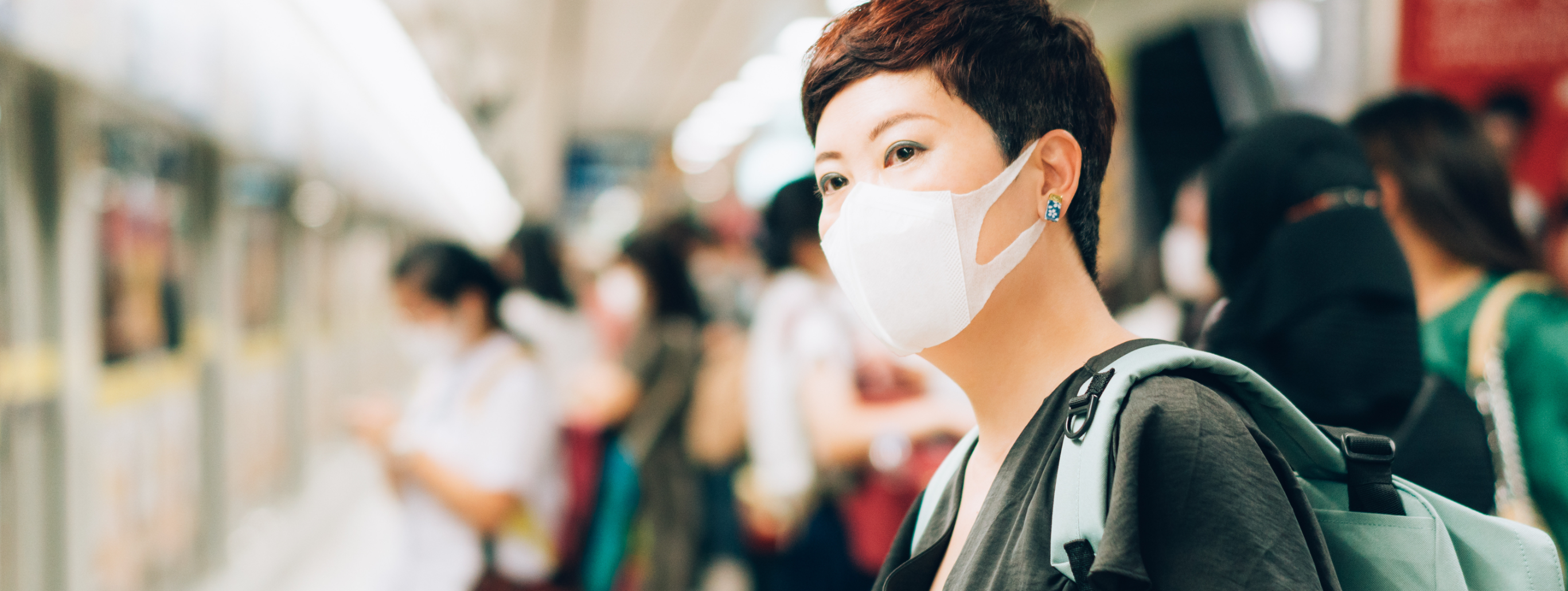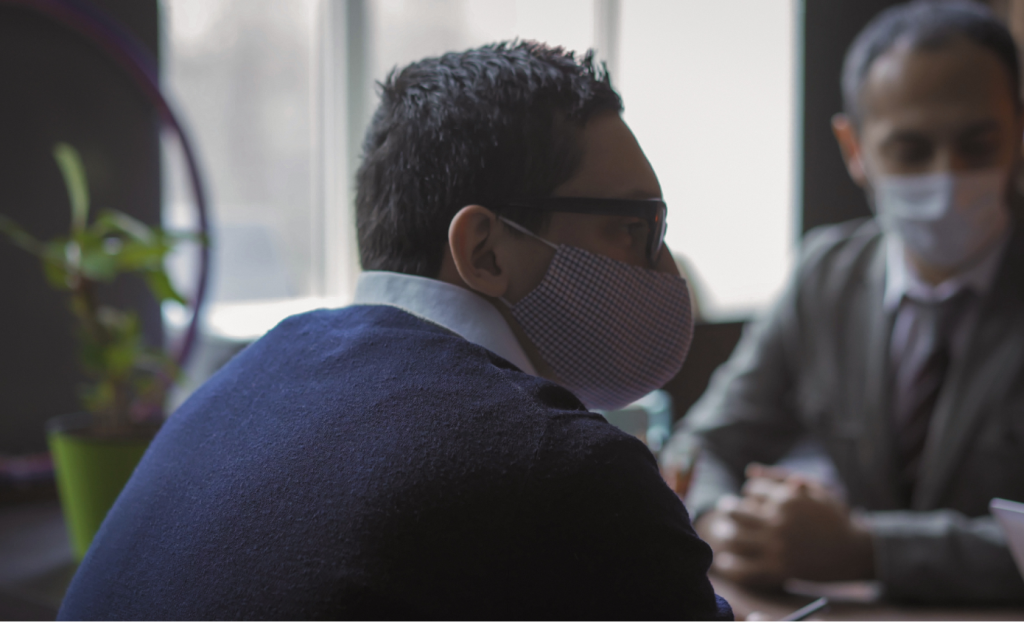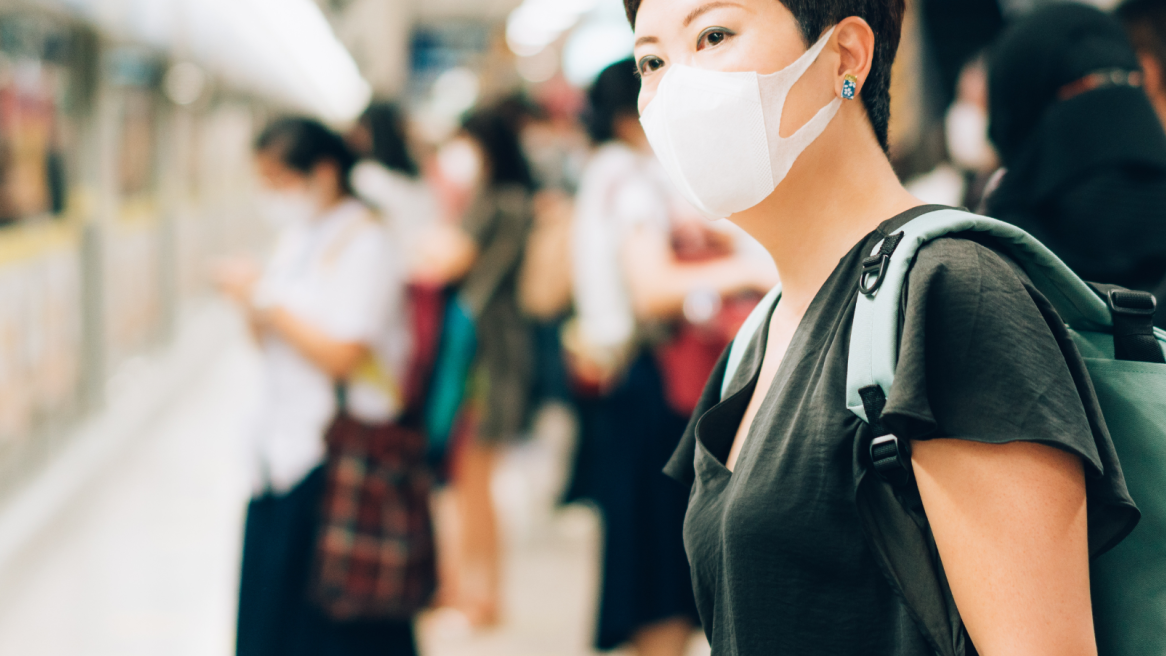
This article is an update to our Steelcase guide “Navigating What’s Next: The Post-COVID Workplace.”
China was the first to experience the devastation of COVID-19 and now is an early pioneer in how to reopen an economy while living through a global pandemic. There are many lessons for the rest of world, and perhaps the biggest one as it relates to work is this: Getting people back into the workplace is key to getting business back on track. Working from home has been an important strategy to help mitigate the spread of COVID-19 and to keep employees safe, and many organizations are proceeding with caution as they ease people back into the workplace over time. But workers say it’s not the best way to get things done.
More than half of workers said their efficiency declined while working from home, according to a study conducted by the Cheung Kong Graduate School of Business in Beijing. Of the 5835 participants surveyed, less than 10% said they were more efficient at home. Nearly 40% of the respondents said that their efficiency at home had decreased somewhat, and 14.89% experienced a sharp decline in efficiency.
“Many of my colleagues prefer to work in the office,” says Amy Sun, vice president of office operations at KKR, a global investment firm with Chinese offices in Shanghai and Beijing. “Modern technology lets you do most crucial tasks remotely at home, but there are certain conveniences available to you in the office that enhance efficiency, especially when you need to collaborate with colleagues in person. Sometimes the boundaries between work and personal life blur at home, which could be distracting and slightly frustrating at times.”
Chinese office workers who suddenly found themselves forced to work from home struggled to find a place in their home where they could create a dedicated workspace. They said it was difficult to focus and they lacked proper ergonomic support, such as a task chair. Many complained of back and shoulder pain. Work was harder and for many, physically exhausting. And despite access to virtual meeting tools such as Microsoft Teams, generative collaboration – developing new ideas and solutions — was especially difficult to do remotely. Creative work was particularly challenging without basic tools, like whiteboards and sticky notes, taken for granted in the office.
New Rules at Work
Chinese organizations have prioritized safety in the office and have implemented extensive new protocols to mitigate disease transmission. For many people, it is the commute to work that they find most work during non-peak times. Many Chinese companies have also adopted shift work disconcerting, and organizations have adopted flexible start and stop times to allow people to travel to as staggered start times reduce the number of people in a facility at a single time and prevent large crowds from forming while waiting to enter or leave a building. Still the new normal often includes waiting in queues outside office buildings, where people stand six feet (two meters) apart, waiting to get their temperature and identity information checked, before being allowed in. Once inside, masks are mandatory and social distancing protocols are diligently followed, according to Sun.
These strategies have allowed many companies to safely bring back 80 – 100% of their people. Some people are still working from home all or part of the time. In some cases, departments alternate between coming to the office and working from home.
In addition to new protocols, organizations are also making some physical changes to the workplace to reduce density and change the geometry of spaces. Some desks, tables and chairs have been removed or identified as unusable to increase the distance between people. Tape and other visual cues suggest appropriate distances between people and arrows on the floor are used to direct one-way traffic flow to help reduce face-to-face contact while people move through the facility.
In cafeteria spaces where people normally socialize or often work side-by-side, people sit apart. There are limits on the number of people allowed in enclosed spaces, such as meeting rooms, at a single time and expectations for sanitation are heightened. Spaces are being cleaned and disinfected throughout the day – not just at the end of the day, as was the case pre-COVID.
Spaces are being cleaned and disinfected throughout the day – not just at the end of the day, as was the case pre-COVID.
The preventative measures include a lot of new rules, protocols and behavior changes that may at first seem constraining. But people want them and expect to see them enforced by their employers if it means they can return to the office, says Sun. People have been very accepting of the restrictions and understand they are necessary, at least temporarily, to bring people safely back to the office, and they are more than happy to comply despite the inconveniences.
The vast majority of respondents (88.5%) in the Cheung Kong Graduate School of Business study agree — they were satisfied or very satisfied with the preventive measures and employee care plans adopted by their companies.
Virtual Meetings Continue
Another lesson from Chinese companies who used work from home strategies is the increased adoption of virtual meetings to do business that used to be conducted almost entirely in person. Technologies, such as Microsoft Teams and Zoom have become a normal way for people to communicate now – even for those who have returned to the office. Prior to the outbreak, a very small percentage of people used these tools, even though they had access to them.
“We had Teams installed five to six months prior to COVID but the number of people using it would have been around 10-15%. Now, everyone is on Teams at least four or five times a day.”
“We had Teams installed five to six months prior to COVID but the number of people using it would have been around 10-15%. Now, everyone is on Teams at least four or five times a day,” says Thomas Woolsey, product development manager, Swire Properties, in Shanghai. “I think this will change the way we think about business travel in the future because people are finding they can be just as productive using technology like Teams.”
Woolsey also speculates this new behavior will result in the need for different types of spaces in offices. “We’re going to need more focus rooms, which are invaluable since we are on so many more Teams calls.”

Bringing People Together
Doug Newkirk, a design director at Gensler in Shanghai, notes that how offices are planned in the future will need to change, but says the purpose of the workplace is more relevant than ever. Before the pandemic, office design was all about how “to bring people together, how to spark collaboration and innovation.” For now, he notes, “the conversation is about “how to keep people apart.”
“I think the sweet spot is how to swing the pendulum back, somewhere in between, because right now we are all being very reactionary to a very specific and hopefully temporary situation,” says Newkirk. “I think the desire to bring people together is in our nature, it’s so strong, and I don’t think that’s suddenly going to go away.”
“I think the desire to bring people together is in our nature, it’s so strong, and I don’t think that’s suddenly going to go away.”
With the majority of people back in the office in most Chinese cities, people are becoming more comfortable with their new normal. And they’re excited to return to their workplaces where they can collaborate easier and more effectively. The use of personal protection equipment, new rigorous safety protocols and behaviors, personal tracking devices that identify possible threats, and restrict access to public places if someone has been to a potentially compromising area, gives people a sense of psychological comfort and physical security. Now that people feel safe, the real challenge will be how to create a workplace that meets the needs of people and creates the conditions where creativity and innovation thrive.
Download the Guide
To see design considerations and thought starters, download the complete guide, Navigating What’s Next: The Post-COVID Workplace.
hbspt.forms.create({
portalId: “1822507”,
formId: “65979703-7f12-4822-9a63-104cadf304ff”
});


